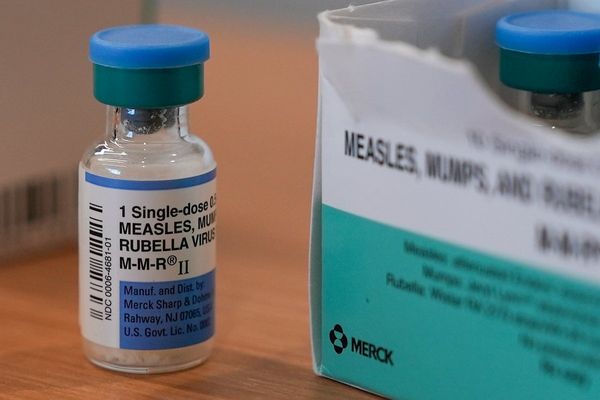The majestic world of giant cuttlefish has been opened up to living rooms worldwide as a student-led project to stream their underwater habitat goes live.
With the support of not-for-profit AusOcean, Year 9 students from Whyalla High School have floated a rig near Stony Point in the Spencer Gulf, equipped with underwater cameras and measuring instruments.
Located in a breeding hotspot for giant Australian cuttlefish, which can reach 50 centimetres in length and weigh up to 10 kilograms, the camera feed shows the animals rising from seaweed, hovering about and interacting with each other.
"It's sitting in about three metres of water, and you can see them floating past, or mating and that kind of thing," the school's science coordinator, Lauren Schwerdt, told ABC Radio Adelaide.
"They haven't been as inquisitive yet, as I don't think they've really noticed it (the rig), which is good.
Largest congregation worldwide
Giant cuttlefish, which regularly change their shape and texture to camouflage themselves with underwater objects, congregate annually along a 10-kilometre stretch of the Upper Spencer Gulf Marine Park.
While they are found right across Australia's southern coastal waters and up towards Queensland and Western Australia's Ningaloo Reef, the annual congregation in SA is considered the world's largest and most reliable.
Their numbers typically peak during mid-winter, hitting an estimated record of 247,146 in 2020, which was twice the population of 2019.
It followed what the state government considered an "alarmingly low" count of just 13,492 in 2013, which led to a permanent ban on fishing for all cephalopods at False Bay.
This year, however, the congregation started early, with giant cuttlefish already arriving in mid-April.
Network Blue program
AusOcean designs open-source technology to create a network of sea-surface platforms that upload live ocean data to a central "cloud", deploying the components to Whyalla High School as part of its citizen science program, Network Blue.
The students constructed the rig, including assembling its electronics and testing its hardware and software, and are charged with monitoring and analysing its data.
Ms Schwerdt incorporated the project into the school's curriculum for Year 9 students, with the 1.5 metre rig also including instruments to measure ocean conditions, such as water temperature and salinity.
But it is the live camera feed, entitled "CuttleCam", that has captured viewers outside the school so far, as they are given an insight into the turquoise, slowing moving world of underwater marine life.
The Stony Point CuttleCam can be viewed from AusOcean's YouTube channel.







